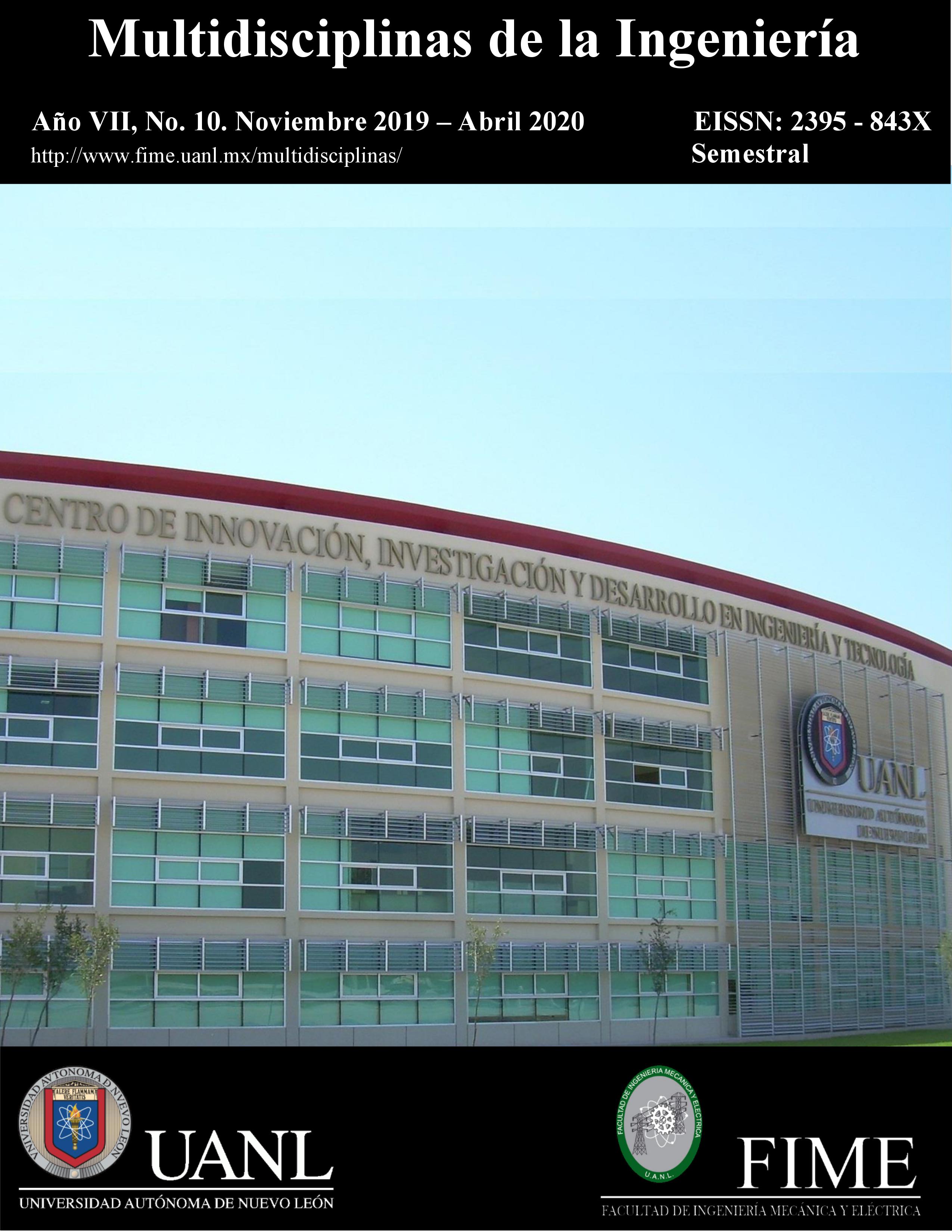The self-estimate in students of new entry of engineering iscuac as part of its training.
DOI:
https://doi.org/10.29105/mdi.v7i10.233Keywords:
self-esteem, positive, negative, high, lowAbstract
The Faculty of Engineering, belonging to the Autonomous University of Campeche is a public and autonomous university, open to Mexico and the world, which contributes with social relevance and competitive quality to the sustainable development of the state of Campeche, the objective of this research is to apply a instrument that measures the self-esteem in the students of new entrance of the degree in Engineering in computer systems (ISC). Self-esteem is the perception that one has about oneself, generated in the interaction with the other and implies an adequate development of the process of: Identity of knowledge, self-assessment, sense of security and relevance, as well as the mastery of skills of social and family communication. In this investigation, all new students tutored in their integral training is of the utmost importance that they have high self-esteem, so that they can get ahead in their school activities, in their personal and professional life, as well as the studies of Izquierdo Moreno and Gil Martínez (2002). Objective: Identify the type of self-esteem that Engineering tutors possess. Method: Qualitative approach, with descriptive scope, with a nonexperimental, transversal design. Sample: 48 students tutored new entry of ISC. Instrument: The Self-Esteem Test was applied: Self-examination, taken from Toro, C. (1994). Result: High self-esteem (positive) 54%, High self-esteem (negative) 4%, Low self-esteem (positive) 36% and Low self-esteem (negative) 6%. Conclusions: Although there are 54% of students who achieve high (positive) self-esteem, it is necessary to carry out concrete actions that allow strengthening and increasing the percentage of this classification and as a consequence decrease 36% have low (positive) self-esteem, to increase your high self-esteem.
References
ANUIES (2001). Programas Institucionales de Tutoría: Una propuesta de la ANUIES para su organización y funcionamiento en las instituciones de Educación Superior. México: ANUIES
Branden, N. (1998). Recuperado 15 de julio de 2018. Disponible: https://latam.casadellibro.com/libro-como-mejorar-su-autoestima/.../395683
Garduño, L. (1999) Revista iberoamericana de educación. N 21 Hacia un modelo de evaluación de instituciones de educación superior, pp. 93-103. DOI: https://doi.org/10.35362/rie2101036
Gil, M. (2002), recuperado 15 de julio de 2018. Disponible en www.dsi.uclm.es/personal/juliaflores/emis/prueba-dvd/08.../ad/Autoestima.pdf
González A, Esquivel R, Cardenas M. (1997). Calidad de vida subjetiva y valores. Un análisis comparativo. Memorias del segundo simposio Calidad de vida, Salud y Ambiente. Morelos, México.
Hernandez Sampieri, R. Et al. (2006). Metodología de la investigación, Cuarta edición, México, Editorial Mc Graw Hill.
Markus y Kunda (1986), Recuperado 15 de julio de 2018. Disponible: file:///C:/Users/UAC/Downloads/Dialnet-AutoestimaEnAdolescentes-66077.pdf
Palladino, C. (1992). Como desarrollar la Autoestima. Editorial: Granica, Barcelona, España
Rogers (1994) recuperado 15 de julio de 2018. Disponible en: https://orientacionandujar.files.wordpress.com/2010/09/yo-autoestima-yautoconcepto.pdf
Sánchez, Leticia. (2016). Manual de Tutorías para la Educación Superior. Universidad Autónoma de México.
Downloads
Published
How to Cite
Issue
Section
License

This work is licensed under a Creative Commons Attribution-NonCommercial-NoDerivatives 4.0 International License.





